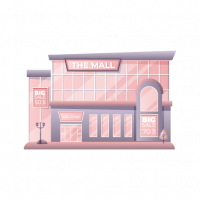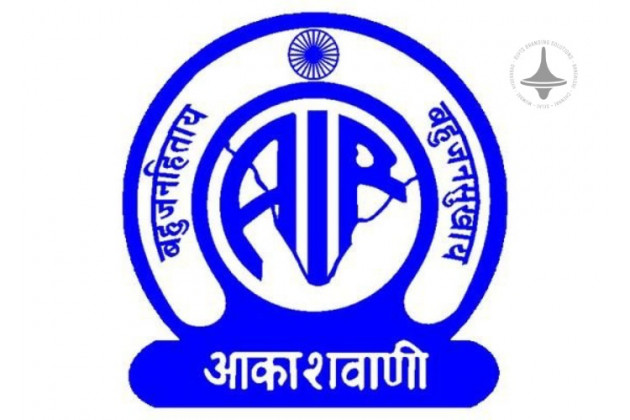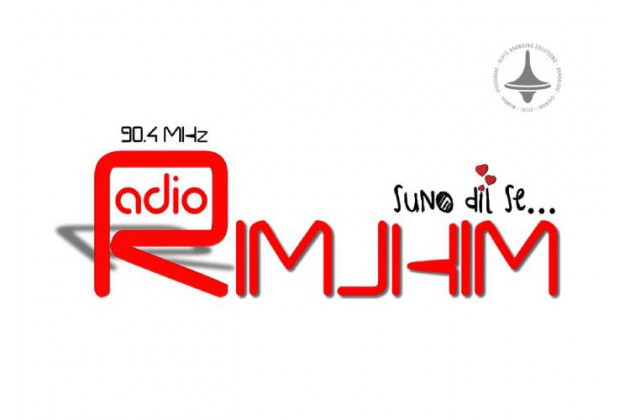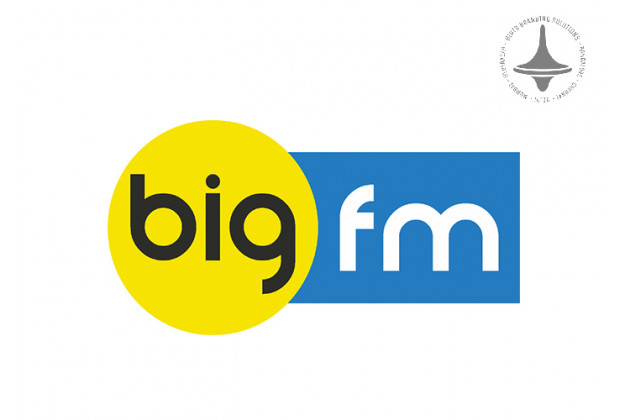Eco Friendly Materials | Billboard Manufacturing | Digitally

In 2025, sustainability is no longer just a buzzword—it's a necessity. As advertising continues to evolve, environmental responsibility is becoming a top priority for brands and media companies. One area gaining traction in green innovation is billboard manufacturing. Traditionally known for their large-scale visual impact, billboards are now being designed with eco-conscious materials that minimize harm to the planet.
Let’s explore the top eco-friendly materials revolutionizing
billboard production in 2025.
1. Recycled PVC (rPVC)
PVC (polyvinyl chloride) has long been used in billboard
production due to its durability and flexibility. However, the environmental
cost of virgin PVC prompted the rise of recycled PVC in recent years. In
2025, rPVC is widely adopted as a low-waste alternative, offering the
same weather resistance without relying on new plastic production.
Key Benefits:
- Reduces
landfill waste
- Retains
strength and printability
- Cost-effective
and scalable
2. Organic Cotton Fabric
Biodegradable and sustainable, organic cotton is now
a popular base for eco-friendly billboards, especially in smaller or temporary
installations. It’s grown without pesticides or synthetic fertilizers and
processed with non-toxic dyes, making it ideal for brands committed to clean,
ethical advertising.
Key Benefits:
- Fully
biodegradable
- Safe
for sensitive ecosystems
- Lightweight
and easy to install
3. Bamboo Composite Panels
Known for its rapid growth and renewability, bamboo has
become a front-runner in sustainable construction—and now in billboard design.
Bamboo-based composites are used to create sturdy, reusable frames and display
boards.
Key Benefits:
- Strong
and naturally resistant to weather
- Grows
rapidly with minimal resources
- Offers
a unique aesthetic appeal
4. Recycled Aluminum
Aluminum is a preferred material for billboard frames due to
its strength-to-weight ratio. In 2025, recycled aluminum is leading the
charge as a sustainable option that supports circular economy principles.
Key Benefits:
- Infinitely
recyclable without quality loss
- Lightweight
and corrosion-resistant
- Long-lasting
and reusable across campaigns
5. Eco-Vinyl Alternatives
Vinyl, while versatile, is a petroleum-based material with a
large carbon footprint. Today, manufacturers are turning to eco-vinyl
alternatives—such as biodegradable films made from plant starches or
sugarcane waste. These materials break down safely in the environment without
releasing toxins.
Key Benefits:
- Lower
carbon emissions
- Safe
degradation
- Visual
quality comparable to traditional vinyl
6. Water-Based Inks
While not a structural material, the ink used on
billboards plays a crucial role in sustainability. In 2025, water-based and
UV-curable inks have replaced solvent-based versions. They contain fewer VOCs
(volatile organic compounds) and offer vibrant, weather-resistant prints.
Key Benefits:
- Non-toxic
and eco-safe
- High-quality,
long-lasting graphics
- Compatible
with various green substrates
7. Biodegradable Foams
For 3D or backlit billboards, biodegradable foam boards
made from starch or cellulose provide a lighter, greener option. These foams
are gaining popularity in malls, airports, and event-based advertising.
Key Benefits:
- Reduced
landfill impact
- Lightweight
and moldable
- Compostable
under the right conditions
Conclusion
As environmental awareness shapes the future of advertising,
the materials used in billboard manufacturing are undergoing a green
revolution. From recycled metals to biodegradable fabrics, 2025 is ushering
in a new era of eco-friendly billboards that align with global
sustainability goals.
Brands that embrace these innovations not only reduce their
environmental footprint but also resonate with today’s eco-conscious consumers.
It's not just about what your billboard says—but how it’s made.






















Leave a Comment